Introduction: The United States Air Force (USAF) has a storied history of deploying cutting-edge fighter aircraft, showcasing technological prowess and unmatched air superiority. In this extensive exploration, we delve into the technical specifications and historical significance of some of the most captivating fighter jets that have graced the skies.
- Lockheed Martin F-22 Raptor: The Apex Predator
The F-22 Raptor, a fifth-generation stealth fighter, is the epitome of air dominance. Its design, by Lockheed Martin, incorporates advanced avionics, supercruise capability and unmatched agility. Armed with AIM-120 and AIM-9 missiles, this marvel of engineering is capable of engaging multiple targets simultaneously. The F-22’s radar-absorbing coating and thrust-vectoring nozzles contribute to its stealth and agility, making it nearly invisible to enemy radar.
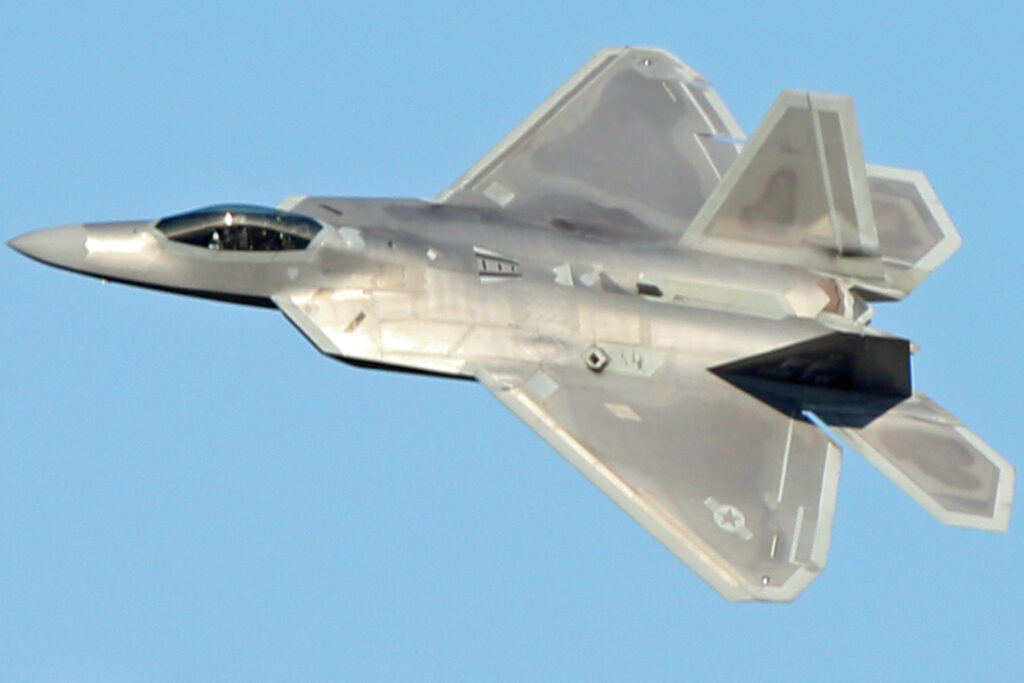
Technical Specifications:
Maximum Speed: 1,500 mph
Range: 1,840 miles
Wingspan: 44.5 feet
Length: 62 feet
Maximum Takeoff Weight: 83,500 lbs
Armament: AIM-120 and AIM-9 missiles
Significance: The F-22 Raptor provides the USAF with unparalleled air superiority, ensuring dominance in contested airspace. Its combination of stealth, speed and advanced avionics makes it a formidable force in modern aerial warfare.
- Northrop Grumman B-2 Spirit: Stealth and Precision Unleashed
The B-2 Spirit, or Stealth Bomber, represents the pinnacle of strategic long-range capabilities. Because of its distinctive flying-wing design and radar-absorbing coating, it is virtually invisible to enemy radar systems. The B-2 can deliver both nuclear and conventional munitions with precision, making it a key player in strategic deterrence.

Technical Specifications:
Maximum Speed: 630 mph
Range: 6,900 miles
Wingspan: 172 feet
Length: 69 feet
Maximum Takeoff Weight: 336,500 lbs
Armament: Nuclear and conventional munitions
Significance: The B-2 Spirit ensures the USAF’s ability to strike deep within heavily defended airspace, providing a crucial element of the nation’s strategic deterrence and global power projection.
- Boeing F-15 Eagle: A Timeless Classic
Boeing’s iconic F-15 Eagle air superiority fighter has been a mainstay of the USAF’s fleet for many years. Renowned for its exceptional maneuverability and air-to-air combat capabilities, the F-15 has seen numerous upgrades over the years. Its powerful engines and advanced radar systems contribute to its continued effectiveness in modern aerial warfare.
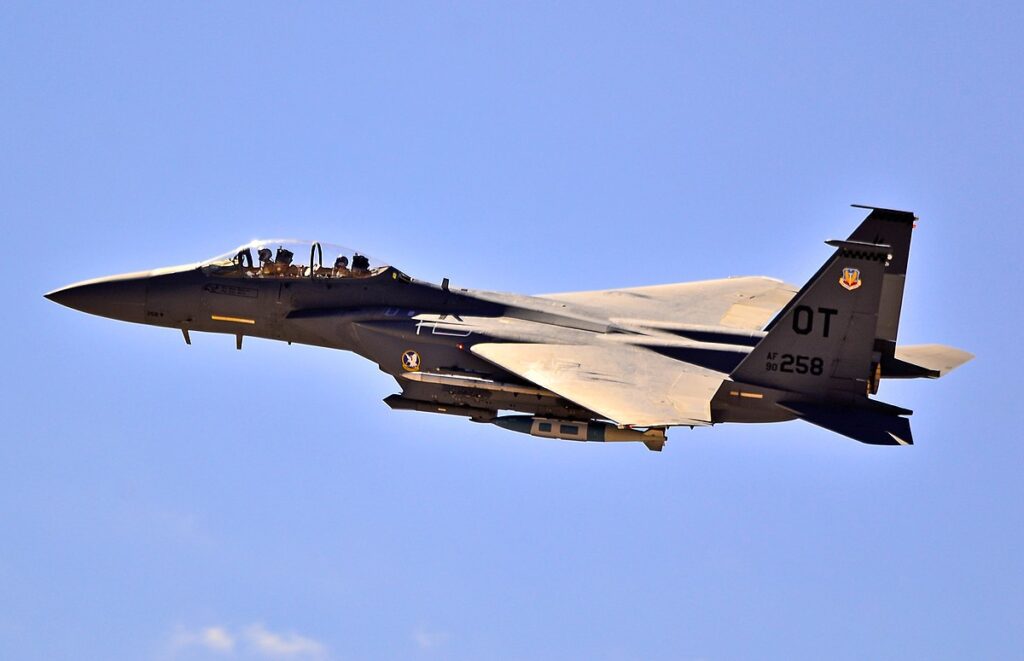
Technical Specifications:
Maximum Speed: 1,875 mph
Range: 3,450 miles
Wingspan: 42.8 feet
Length: 63.8 feet
Maximum Takeoff Weight: 68,000 lbs
Armament: AIM-120 and AIM-9 missiles, 20mm cannon
Significance: The F-15 Eagle’s enduring legacy lies in its air superiority capabilities, and it remains a vital asset in protecting airspace and ensuring the USAF’s dominance in aerial combat.
- Lockheed Martin F-35 Lightning II: The Multifaceted Marvel
As a fifth-generation fighter, the F-35 Lightning II, developed by Lockheed Martin, is designed for versatility. With three variants catering to different mission requirements, it excels in air-to-air combat, ground-attack missions, and reconnaissance. Its advanced sensor suite, stealth capabilities and interoperability make it a transformative force in modern air warfare.
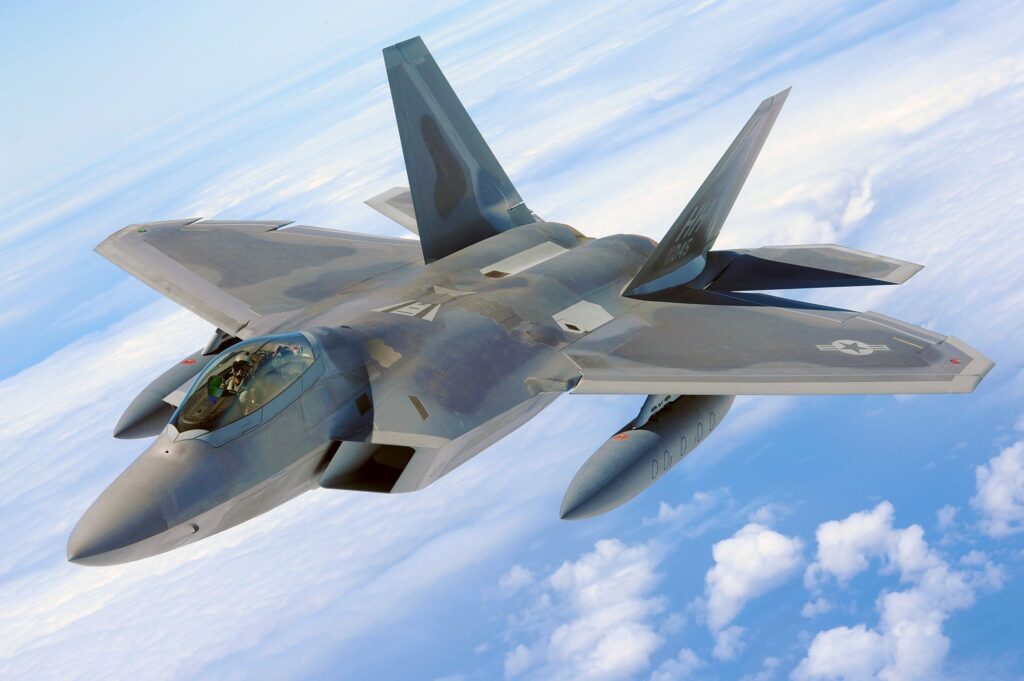
Technical Specifications (F-35A variant):
Maximum Speed: 1,930 mph
Range: 1,200 miles
Wingspan: 35 feet
Length: 51 feet
Maximum Takeoff Weight: 70,000 lbs
Armament: AIM-120 and AIM-9 missiles, internal gun
Significance: The F-35 Lightning II’s significance lies in its adaptability, providing the USAF with a versatile platform capable of executing a wide range of missions in highly contested environments.
- McDonnell Douglas F-4 Phantom II: The Vietnam Veteran
The F-4 Phantom II, a veteran of the Vietnam War, served as a versatile fighter-bomber and interceptor for the USAF. Its twin-engine design and sturdy airframe, which McDonnell Douglas developed, contributed to its success in various roles. Although retired from active duty, the F-4’s historical significance and contributions to air combat remain highly esteemed.
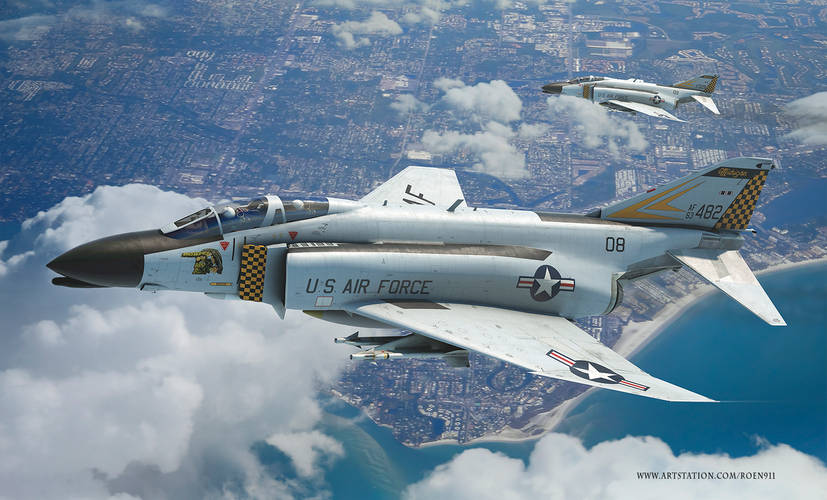
Technical Specifications:
Maximum Speed: 1,472 mph
Range: 1,615 miles
Wingspan: 38.4 feet
Length: 63 feet
Maximum Takeoff Weight: 58,000 lbs
Armament: Various air-to-air and air-to-ground munitions
Significance: The F-4 Phantom II’s legacy as a versatile and adaptable aircraft is a testament to its historical importance, serving in conflicts around the globe and leaving an indelible mark on the history of military aviation.
- General Dynamics F-16 Fighting Falcon: The Versatile Workhorse
The F-16 Fighting Falcon, also known as the “Viper,” is a multi-role fighter that has become a staple in the USAF’s inventory. Manufactured by General Dynamics (now Lockheed Martin), the F-16 is celebrated for its agility, cost-effectiveness, and wide array of weapon options. It has seen continuous upgrades, ensuring its relevance in modern air combat.
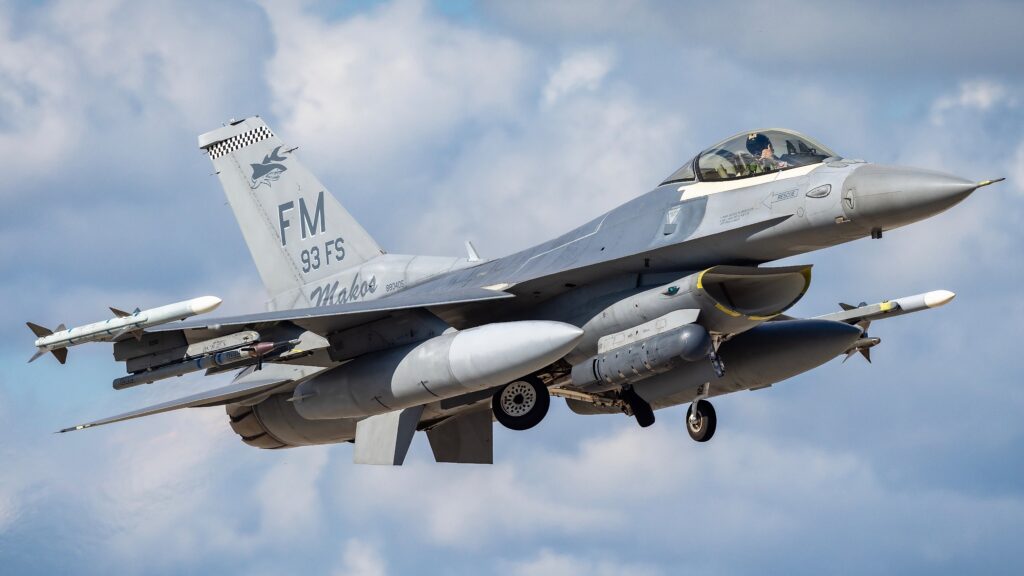
Technical Specifications:
Maximum Speed: 1,500 mph
Range: 2,620 miles
Wingspan: 32.8 feet
Length: 49.5 feet
Maximum Takeoff Weight: 42,300 lbs
Armament: AIM-120 and AIM-9 missiles, 20mm cannon
Significance: The F-16 Fighting Falcon’s significance lies in its versatility, serving roles in air-to-air combat, ground-attack missions, and reconnaissance. Its adaptability and widespread use make it a crucial asset for the USAF.
- Fairchild Republic A-10 Thunderbolt II: The Warthog’s Roar
Affectionately known as the “Warthog,” the A-10 Thunderbolt II is a dedicated close air support (CAS) aircraft designed for ground-attack missions. Its distinctive design, which includes a wide nose to house a potent 30mm GAU-8 Avenger rotary cannon, makes it extremely effective at providing close air support for troops on the ground.
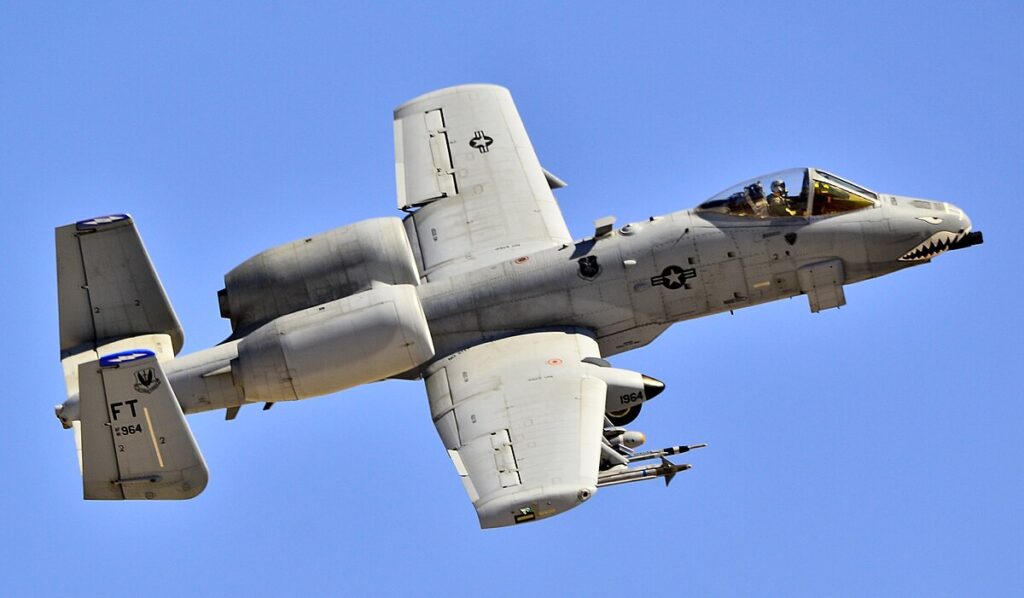
Technical Specifications:
Maximum Speed: 439 mph
Range: 800 miles
Wingspan: 57.6 feet
Length: 53.4 feet
Maximum Takeoff Weight: 51,000 lbs
Armament: 30mm GAU-8 Avenger cannon, various air-to-ground munitions
Significance: The A-10 Thunderbolt II’s significance lies in its dedicated role as a close air support aircraft. Its ability to loiter over the battlefield and deliver precise firepower has earned it the admiration of ground troops and a reputation as a highly effective CAS platform.
Conclusion: The US Air Force’s fighter aircraft represent the pinnacle of technological achievement, each with its unique strengths and contributions to the nation’s defense. From the unparalleled air superiority of the F-22 Raptor to the versatile capabilities of the F-35 Lightning II, these aircraft form a formidable fleet that ensures the USAF’s dominance in various operational domains. The technical specifications and historical significance of these fighter aircraft underscore the USAF’s commitment to maintaining air superiority, strategic deterrence and effective ground support. As the aviation landscape continues to evolve, the USAF remains at the forefront of innovation, investing in advanced technologies to meet the challenges of modern warfare. These aircraft are not just machines; they are symbols of American ingenuity, engineering excellence, and the dedication of the men and women who operate and maintain them. The legacy of the USAF’s fighter aircraft will endure as they continue to patrol the skies, influencing aerial warfare and defending the interests of the country. ##


